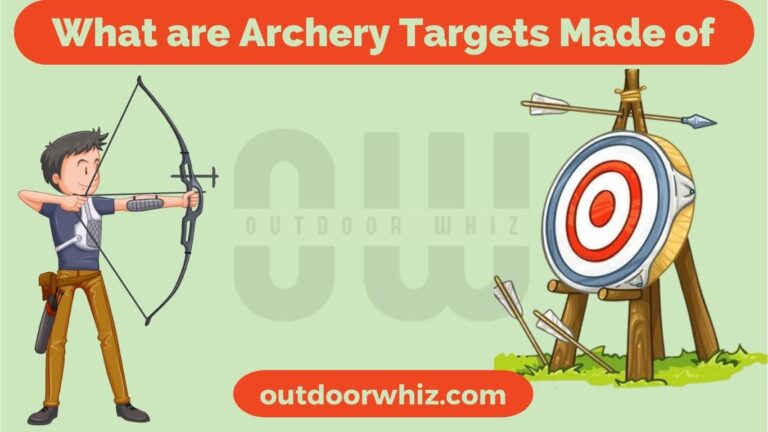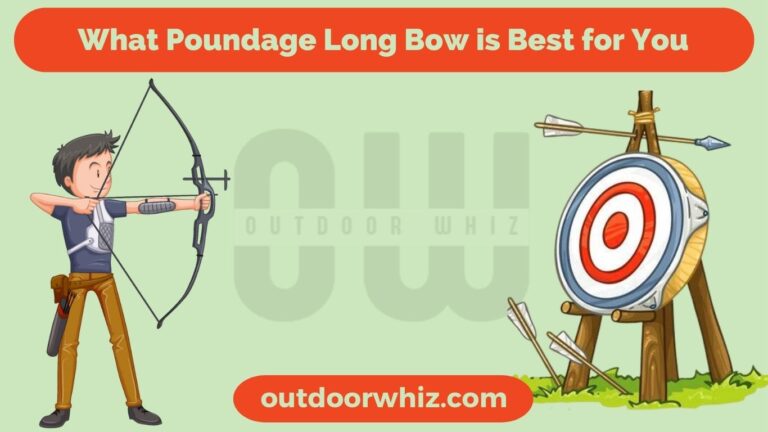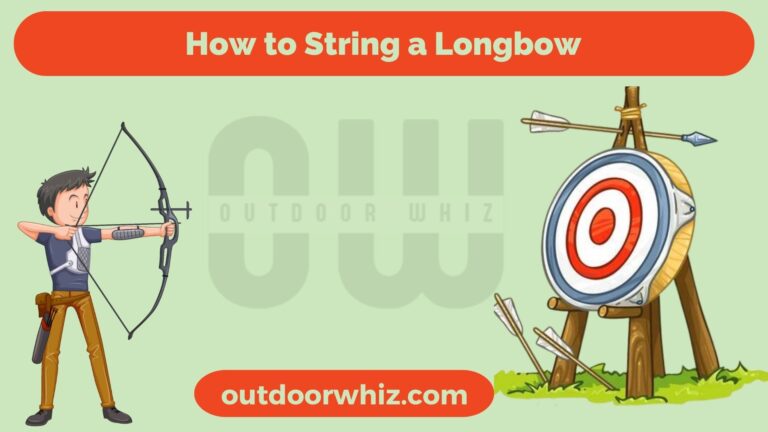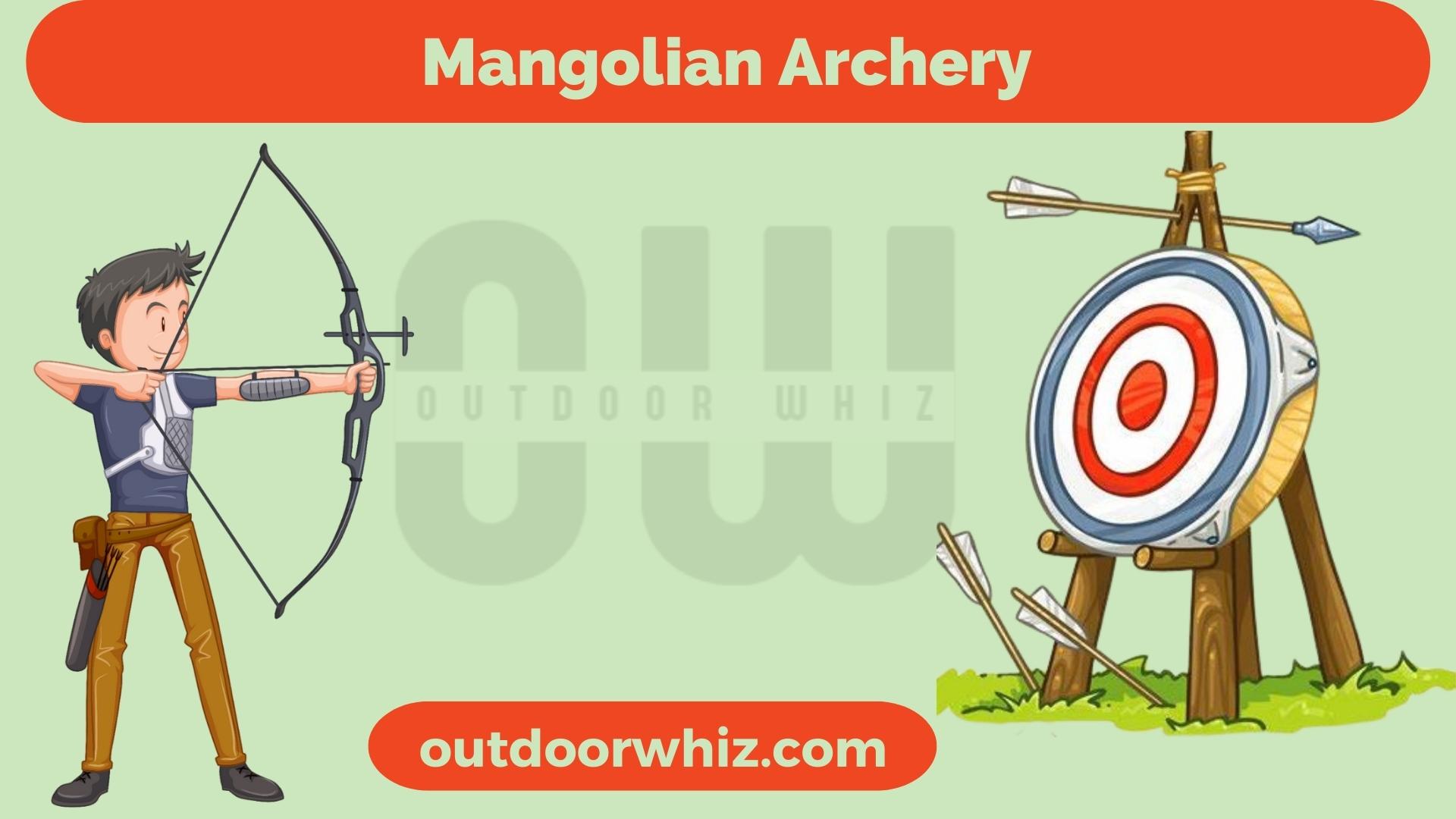Are you living near a deer sanctuary and getting frequent visits from them in the backyard but don’t know what to feed deer in the backyard?
Do you plan to keep them but are confused about planning the things like their diet and care?

Whatever the reason is, you must get detailed knowledge about the deer eating routine and their favorite diet. If you are after this information, you are at the right place. Learn in this guide about the various options that will be helpful to keep them around your yard without any issues.
Page Contents
What to Feed Deer in Your Backyard?
Deer can eat various plants and food, like oats, turnips, alfalfa or hay, soybeans, and many other things according to the time of year. They like to eat fresh plants, so you can facilitate them by growing vegetables and herbs in your garden. You can grow plants during fall and winter as deer don’t have much food for them in the surrounding area. Alternatively, you can serve them food mixes in formulated foods.
Plenty of food mixes and formulated foods are available that can save time for growing fresh herbs or plants and save space. It is good to use deer feeders to attract more deer to your small backyard, and very space-saving. Through this, you can provide supplements for your local animal group.
What Should I Feed Deer in My Backyard?
If you are confused and asking yourself what should I feed deer in my yard, start with the basics. You can serve them natural food, including alfalfa, fresh vegetables, fruits, and deer pellets.
If you don’t have access to natural food, thinking about what to feed deer in my backyard is natural. You can serve deer feeders available in the pre-mixed form. If you add oats and other food supplements into the feeders, deer may adopt it as soon as possible and take it as a delicious energy source.
There are two types of feeders spin-cast and free choice. Both feeders can provide a good amount of food to the deer and fulfill all daily food needs. The remarkable difference between spin-cast and free choice feeder is that the spin-cast will allow you to input about the per day food distribution while the other one distributes freely. You can also make a deer feeder by yourself.
If you want to use feeders, then pellets are one of the best food for them, according to all the nutrition needs of the deer. They can fulfill all of the body requirements of deer. Using these deer pellets makes you feel tension-free about the health issue that can come across due the improper diet and cause severe indigestion.
What To Feed Deer In Backyard During Winter?
It is essential to think about what to feed deer in backyard in winter. The 30 days of March are critical for the survival of deer because these are the days of winter, and deer have limited fat reserves to go through this weather. The research shows that a healthy deer has a fat supply for 90 days. After this, it begins winding down, and the March will become difficult for them and plays a vital role in the mortality of deer.
Although January and February are less brutal as they have relief that comes on time with warming temperatures, most deer go through it without any problem. But the cold and snow will take the deer’s dead bodies to a pile.
Help them with lots of winter food to maintain their energy and pass through the winter without any issues. Try to raise sources of the winter foods they already eat, like winter browse. The best winter foods for deer are twigs of woody plants and buds. Also, try to introduce new foods in the middle of winter. But give them in a limited amount as it may become more harmful for deer if you provide feed suddenly.
Deer may need some time to accept the new food as the bacteria in their gut that help them digestion may take time to deal with new food. That’s why giving them the same food they already eat throughout the season is the best idea. You can take them from one food to other in a slow way until they become used to it.
What To Feed Wild Deer In Backyard?
The most exciting thing is to see the deer searching around your backyard for food. And if you are a nature lover and love to see deer in your yard, then you may wonder what to feed wild deer in my yard so that they come again and again. It’s a tempting thing to keep the food out for them.
Before feeding them anything, search for it and read about the risks that can come across due to irresponsible feeding. So, learn about how to feed and what to feed wild deer in your backyards.
However, it is not easy to answer this question because it depends on the geological conditions of the area where you want to feed the deer. In most cases, supplemental feeding becomes more harmful for the wild deer instead of giving them energy.
If homeowners leave snacks or human foods in their yards for deer. There will be harmful consequences due to unnecessary competition. They can behave unnaturally, lead to disease, and contribute to overpopulation.
Try to give the wild deer food that can replicate their regular diet. For this, you can use the safest way of planting herbs and trees to attract the deer. Also, try to maintain these plants to keep the sources safe properly.
Moreover, deer love to eat twigs, elm, buds, oak, and leaves, and you can cut some of the branches for them and put them into your yard for deer. However, there is a feed mix that you can give wild deer. For this, always remember what, where, and how to feed them.
Should I Feed the Deer in My Backyard?
Most deer feeders say it’s ok to feed the deer around you, but everyone may have a different experience, even if they use the same ways of feeding just like the others. Deer may face famine, disease, and predators, among other things, so you can feed them in your backyards to overcoming the on all these things. But try to leave them alone while they come to your yard for feeders.
However, most deer, like Whitetail deer, develop themselves in many ways and these adaptations help them survive in severe winter conditions. They take up a skin of hollow hairs to keep them warm and increase fat storage for winter. These deer save this fat for later use in winter for energy when they have a food shortage. It’s a natural phenomenon!
It doesn’t matter what quality of food they use and what amount of food they eat at the time of fall. Any adult deer will lose 20% of its body weight. To survive during winter, they search for shelter more than food. They seek some softwood to help save them from high winds, extreme cold, and snow.
Things To Keep in Mind When Feeding Wild Deer
There are some general rules for feeding wild deer:
Rules And Regulations
Some states have specific rules and laws for feeding deer. They also make regulations for the type of feed, location, and amount, so search for them according to your area.
Feed Away From The Roads
Keep them away from the road to avoid accidents and feed them to the nearest areas where they gather.
Scatter Food in Several Locations
When you feed them something, scatter it away in different places so that deer will not try to compete for food.
Don’t End a Feeding Program Too Soon
Once you start feeding deer, please don’t stop until the new plants and natural resources of their diet bloom in spring.
Be Careful with Supplemental Food
Although supplemental food is good for deer, once in a while, try to give them woody brows, which is part of their natural diet.
What Should You Not Feed a Wild Deer?
These animals can eat human feed, like grains, fruit, and corn. But they are not a part of their natural food resources. In winter, these types of food may cause serious health issues for them, and they try to feed them according to the seasons.
Is It ok to Feed Deer in Your Yard?
Yes, you can feed deer in your yard, but supplemental feeding may harm wild deer as they can cause diarrhea and dehydration, which will become deadly in severe conditions. So be careful while providing supplemental feeding in your yards.
What Is the Cheapest Way To Feed A Deer?
If you want to feed deer, corn is a cheap source. Most people use corn for feeding purposes as it is a favorite food of deer. There is not enough protein in corn, and due to this, it is essential for fawns and helps for the healthy growth of antlers. That’s why many people add corn to attract deer, and in this way, they also add nutrition to their food.






